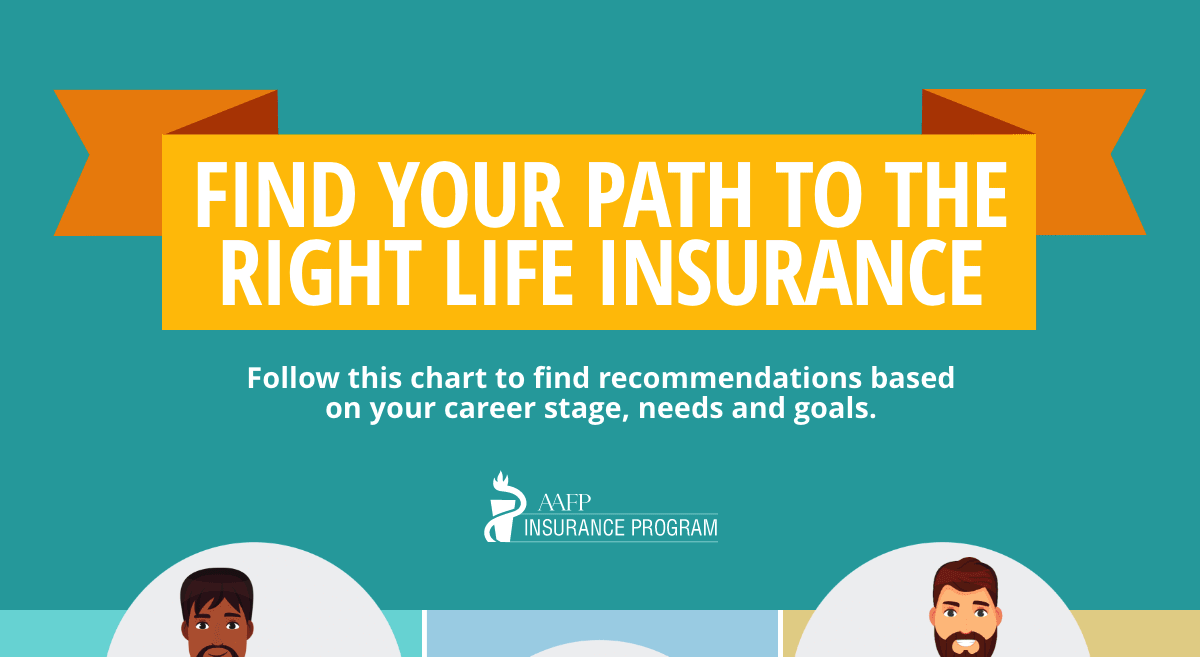The Cons
Family physician practices already have a lot on their plate. Between seeing patients, dealing with administrative work, managing staff members and adapting to electronic health records (EHR), physicians are struggling to keep up – mentally and financially. By adding ICD-10 to the mix, physician practices may actually lose revenue if they aren’t adequately prepared for the change. The Centers for Medicare & Medicaid Services (CMS) estimate that hospital coders will need 50 hours of training for the ICD-10 transition and physician coders will need about 16 hours.
With that said, many practices still haven’t upgraded their EHR technology for it to be compliant with Version 5010 of the Electronic Data Transaction Standard. This system is necessary to conduct certain healthcare administrative transactions with the new codes. For practices, that means installing and testing new software, as well as providing training for physicians and staff members. In addition, practice guidelines, policies, and other documentation must be updated to reflect these standards mandated by HIPAA.
Perhaps the biggest complaint about ICD-10 is that it will contain far more codes than ICD-9. The edition that is currently in use has 14,035 whereas the new edition will have over 68,000 codes. With the increase in codes, there will likely be a learning curve for healthcare providers and insurers, as it will take time and resources to train medical staff and coders on this new set.
The Pros
One major benefit of the new codes is that medical practices will no longer have to struggle with using the outdated ICD-9 codes. The expansion of this classification system will bring the U.S. up-to-date on global healthcare trends since other countries have been using ICD-10 for years.
While there will be more alphanumeric codes to sift through, it’s going to help physicians input more specific and clinically accurate codes for a patient’s symptoms. Physicians will find that the more specific coding will make diagnosing a patient easier and more efficient while cutting down on errors.
Claims processing will also become more accurate. With the longer, more specific diagnosis and procedure codes, fewer claims will be delayed or denied due to inaccurate coding. This will also allow hospitals and healthcare providers to be paid more accurately for complicated procedures.
How to Make a Smooth Transition
For practices that are lagging behind in their ICD-10 transition, here are some ways you can ease into the process:
- Create reminders or cheat sheets that will help you remember the most used codes in your practice. This will help physicians and staff members familiarize themselves with the new codes. Be sure to ditch the old ICD-9 codes, as that will create confusion.
- Establish a close and regular rapport with your vendor. By communicating with the people that will be running the backend of your system, you will be able to see if they have the hardware to handle the new set of codes in your practice and if they can work out any bugs in the system before the implementation deadline.
- Consider the cost of ICD-10 in your budget. This includes training sessions, vendor fees and system upgrades. Find out where money can be reallocated so that you and your staff can become well acquainted with the system to avoid errors out of the gate.
Transitioning to ICD-10 code sets won’t be an easy task, and while this change may be long overdue, practices that are far behind will need to pick up the pace if they want to be adequately prepared for the October 1, 2014 deadline.




